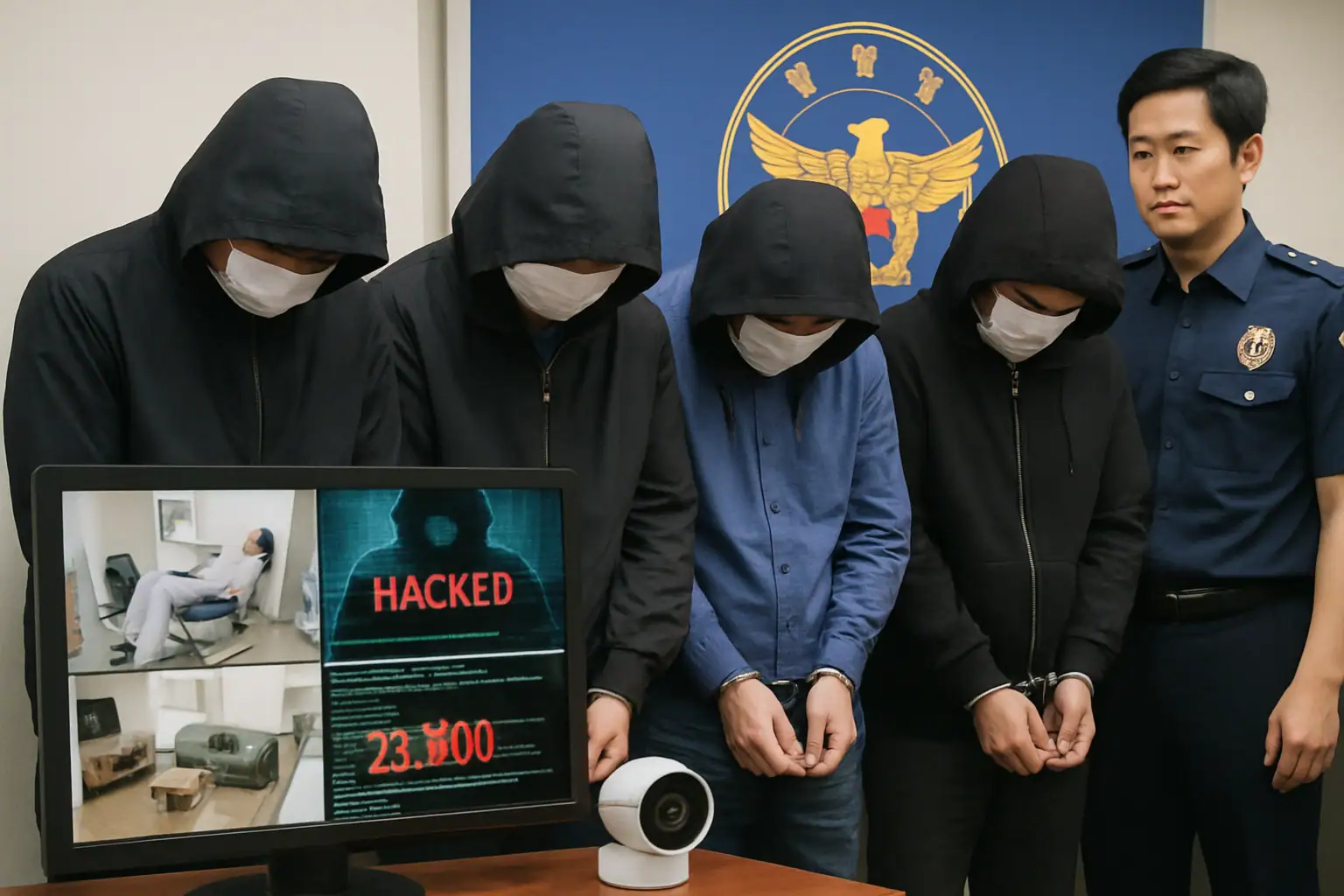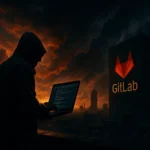Russian national Alexey Olegovich Volkov—known online as chubaka.kor and nets—has pleaded guilty to selling initial access used by the Yanluowang ransomware group. According to U.S. court filings, between July 2021 and November 2022 his access enabled attacks on at least eight U.S. companies, leading to system encryption and ransom demands.
Initial Access Brokers: How Ransomware Operations Scale
Investigators classify Volkov as an Initial Access Broker (IAB)—a specialist who compromises corporate environments and sells that foothold to ransomware operators. This “crime-as-a-service” division of labor increases operational efficiency: IABs focus on intrusion and persistence, while ransomware crews handle encryption, data theft, and extortion.
Typical IAB Tactics and Entry Vectors
IABs commonly rely on phishing for credential theft, brute force and credential stuffing against RDP and VPN endpoints lacking multi-factor authentication (MFA), exploitation of perimeter vulnerabilities in email and network gateways, and theft of session tokens. Industry reporting from sources such as the Verizon Data Breach Investigations Report (DBIR) and CISA advisories consistently highlights these vectors as leading causes of intrusions, particularly where MFA and timely patching are absent.
Attribution: Tracing Cryptocurrency and Cloud Footprints
The FBI traced multiple cryptocurrency transactions linked to Yanluowang incidents, including transfers of $94,259 and $162,220 to addresses allegedly controlled by a Volkov associate. In at least two cases, victims paid ransoms, and Volkov received a share; investigators estimate total related payments at approximately $1.5 million.
Searches of a server tied to Volkov uncovered chat logs, stolen data, victim account details, and email addresses for ransom negotiations. Additional attribution leveraged Apple iCloud records, KYC data from cryptocurrency exchanges, and social media, correlating those artifacts with a Russian passport and phone number. The case underscores a broader trend: cryptocurrency anonymity is conditional, particularly when funds intersect with regulated platforms and cloud services that retain user metadata.
Related Intrusions and a Possible LockBit Connection
U.S. authorities associate Volkov with intrusions affecting an unnamed Philadelphia company, an engineering firm with 19 U.S. offices, a California company, a Michigan bank, entities in Illinois and Pennsylvania, a Georgia company, and an Ohio telecom provider. Messages in an Apple account showed communications with a user named “LockBit”, suggesting possible contact with the LockBit ecosystem. Volkov was arrested in Italy in January 2024 and later extradited to the United States. While the correspondence is notable, it does not on its own prove formal affiliation.
Charges, Sentencing Exposure, and Restitution
Volkov faces up to 53 years in prison on counts including unlawful transfer of means of identification, trafficking in access credentials, device fraud, aggravated identity theft, conspiracy to commit computer fraud, and money laundering. The court may also order more than $9.1 million in restitution to Yanluowang victims.
Defensive Takeaways for Enterprises
Priority Controls Against IABs and Ransomware
The investigation reinforces a consistent theme: the primary risk is credential and remote access compromise. Organizations should:
– Enforce MFA for VPN, RDP, and all privileged identities; prefer phishing-resistant methods (FIDO2, passkeys) where feasible.
– Eliminate public RDP, require VPN with device posture checks, and apply geo/ASN allow-listing for remote access.
– Implement least privilege, network segmentation, and strong lateral movement controls (e.g., SMB signing, local admin randomization, tiered admin models).
– Patch exposed services rapidly, prioritize CISA’s Known Exploited Vulnerabilities, and harden email/web gateways against exploit chains.
– Monitor for anomalous logins, token misuse, and exfiltration with EDR/XDR and SIEM; alert on impossible travel, atypical service creation, and sudden data egress.
– Maintain 3-2-1 backups (including offline/immutable copies) and test restoration regularly to ensure ransomware recovery.
– Conduct tabletop exercises and red team/blue team drills with executives and key third parties; pre-stage legal, communications, and technical playbooks for extortion scenarios.
This case highlights the growing efficacy of blockchain analytics combined with cloud and traditional forensics to identify IABs and disrupt the ransomware economy. For defenders, the highest ROI remains strict MFA enforcement, disciplined control of remote access, aggressive vulnerability management, and mature detection-and-response processes that minimize dwell time and limit blast radius.






